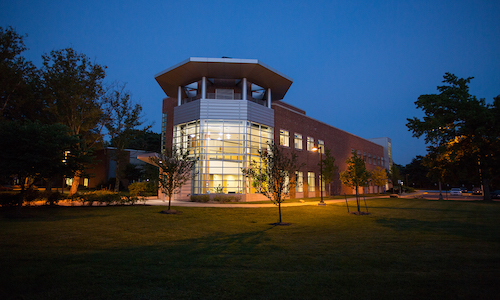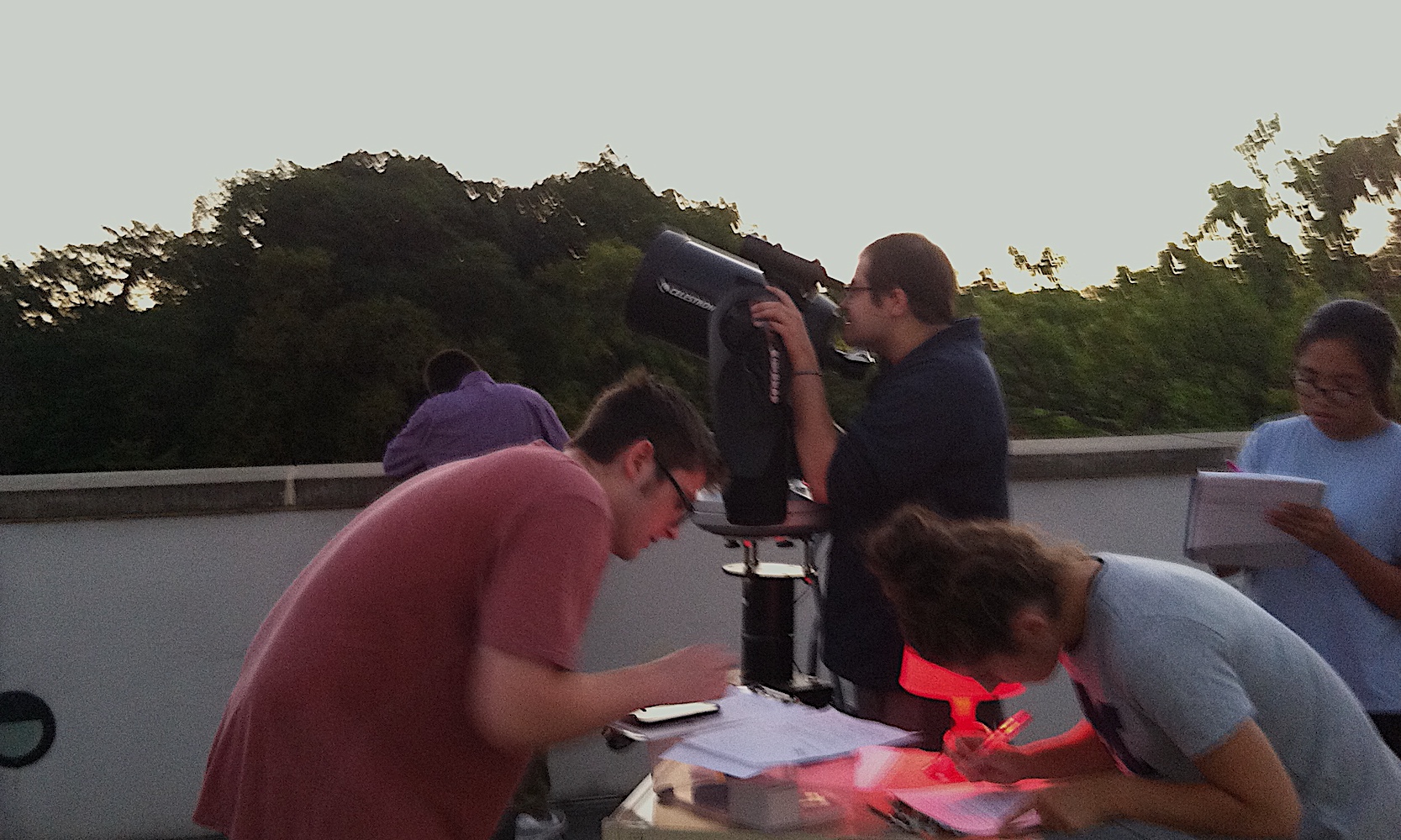The telescopes have GPS alignment and tracking; they also have hand paddles so users can communicate with the telescope about what they are seeking. With the previous observation deck telescopes, a technician had to carefully move each one so that the viewer was looking in the right spot.
“Maybe it’s hazy, and we can’t find what we originally planned to look at. [But] with the new telescopes, you can literally find something else to look at in a couple of seconds. Before, the telescope guy would need to readjust each one, which makes for quite a bit of waiting around time,” Swift said. “We’d see three or four things in a night if we were lucky. Now we might look at a dozen.”
Getting to see more stars and planets is a plus. But so is teaching people how to use today’s technology.
“All major research telescopes — including the big guy we have in the observatory, the 40 cm DFM — have computerized alignment and GPS tracking,” she said. “These new introductory telescopes will better prepare students on how to operate research telescopes if they continue in the field.”
Even if you aren't signed up for Swift’s course, you still have an opportunity to use the telescopes at public observation nights — which are Wednesdays now through Nov. 14, with the exception of Oct. 31. Observation is 9 to 10:30 p.m., weather permitting.
Swift said she’s pleased the campus offers equipment that allows viewers to more easily use their eye to see what is in the night sky.
“The visceral experience of looking through the eyepiece and knowing the light that’s entering your eye came from that galaxy or that nebula is something everyone should have the chance to experience,” she said. “Not only do we offer that here, we now can show people even more than we did before.”






